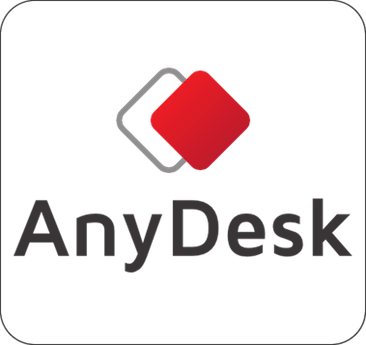Back
NLPQLF
A Fortran Implementation of a Feasible SQP Method for Nonlinear
Constrained Optimization Problems
Version 2.8 (2013)
Purpose
The Fortran subroutine NLPQLF solves smooth nonlinear programming problems and is an extension of the code NLPQLP. It is assumed that objective function or constraints can be evaluated only at argument values from a convex set described by some other inequality constraints. The numerical method performs a two-stage process. Starting from a point feasible subject to these 'simple' constraints, a new search direction is computed by solving a quadratic program expanded by the nonlinear feasibility constraints. Thus, the new iterate is feasible subject to these constraints and objective function as well as the remaining constraint function values can be evaluated.
Numerical Method
Starting from a feasible point, we formulate standard quadratic programming subproblems by a quadratic approximation of the Lagrangian function and by linearizing constraints, but where we insert in addition the given nonlinear feasibility constraints. Thus, we obtain a nonlinear subproblem to be solved in each step of the modified SQP algorithm, where the objective function is a quadratic one and where the constraints consist of a mixture of linear and nonlinear ones.
Program Organization
Special Features
Applications
NLPQLF is applied to free material topology optimization problems on an academic level.
Reference
- K. Schittkowski, NLPQLF: A Fortran implementation of a feasible SQP method for solving nonlinear constrained optimization problems - user's guide, version 2.0, Report, Department of Computer Science, University of Bayreuth


